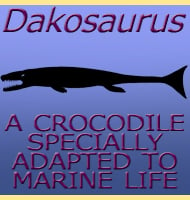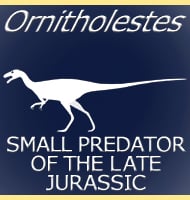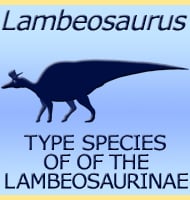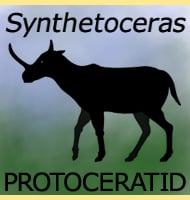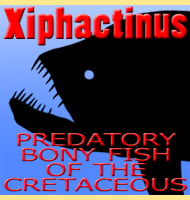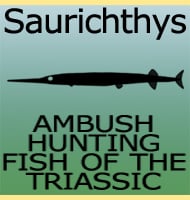In Depth
Descriptions of the fossils of Anguanax first came to press in 2014, though the genus was not officially named until 2015 when further fossil remains could be described for it. With the first fossils coming from Northern Italy, Anguanax is recognised as being the he first pliosaur genus to be known from articulated remains from Italy.
While most people are familiar with the truly huge monstrous pliosaurs such as Pliosaurus, Anguanax seems to have been much smaller and a predator specialising in smaller animals. The reconstructed length of Anguanax falls somewhere between three and four meters in length, big enough to cause some trouble, but not an apex predator of the Jurassic seas. Though the skull is incomplete, the jaws of Anguanax were proportionately longer and more lightly built, with only small pointed teeth that would have been of little use against similarly sized marine reptiles. Instead Anguanax was more likely a predator of fish which chose to try and stay out of the way of its larger pliosaur relatives.
Further Reading
- A pliosaurid plesiosaurian from the Rosso Ammonitico Veronese Formation of Italy. - Acta Palaeontologica Polonica 59 (3): 643–650. - Andrea Cau & Federico Fanti - 2014. - High evolutionary rates and the origin of the Rosso Ammonitico Veronese Formation (Middle-Upper Jurassic of Italy) reptiles. - Historical Biology: An International Journal of Paleobiology. - Andrea Cau & Federico Fanti - 2015.

